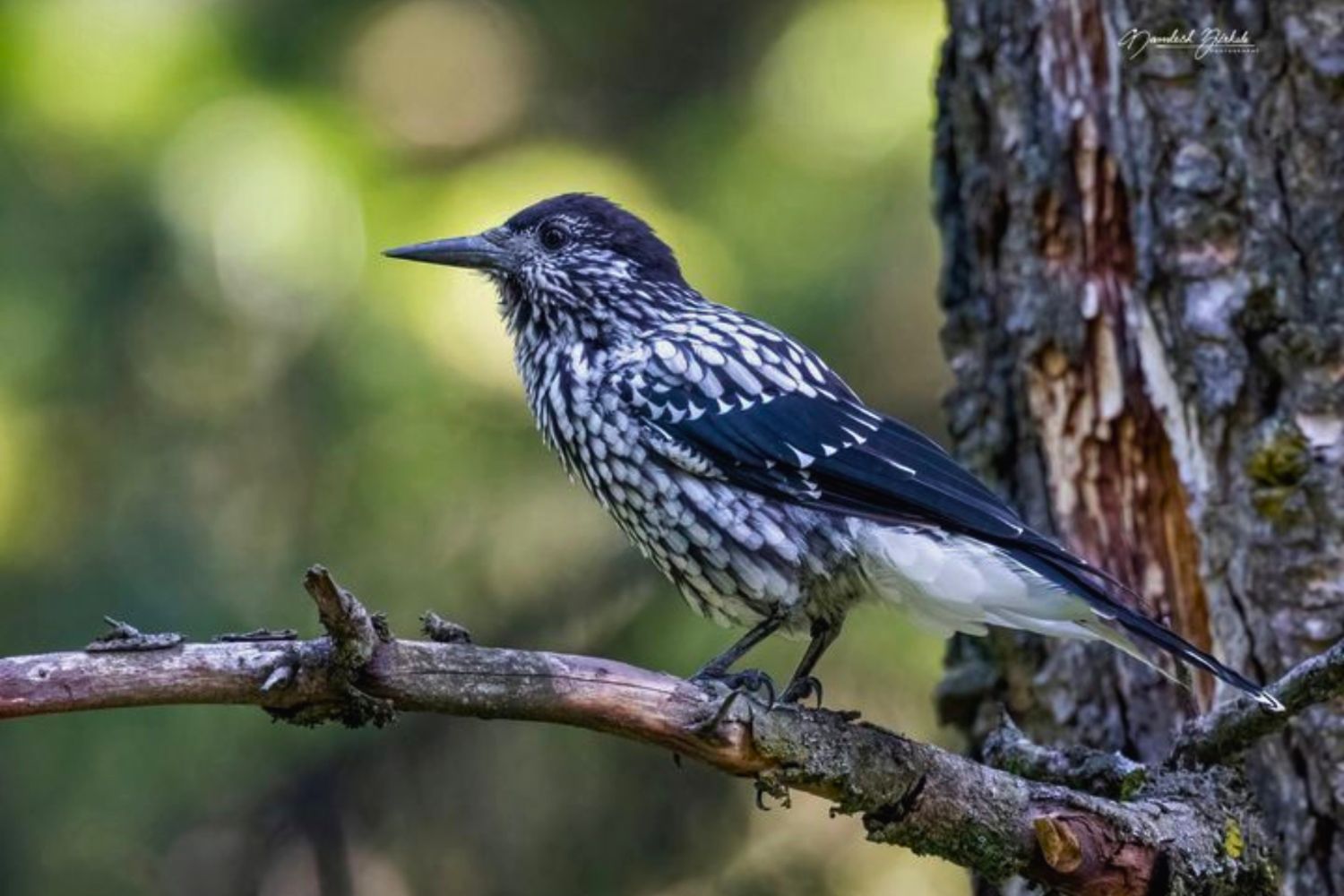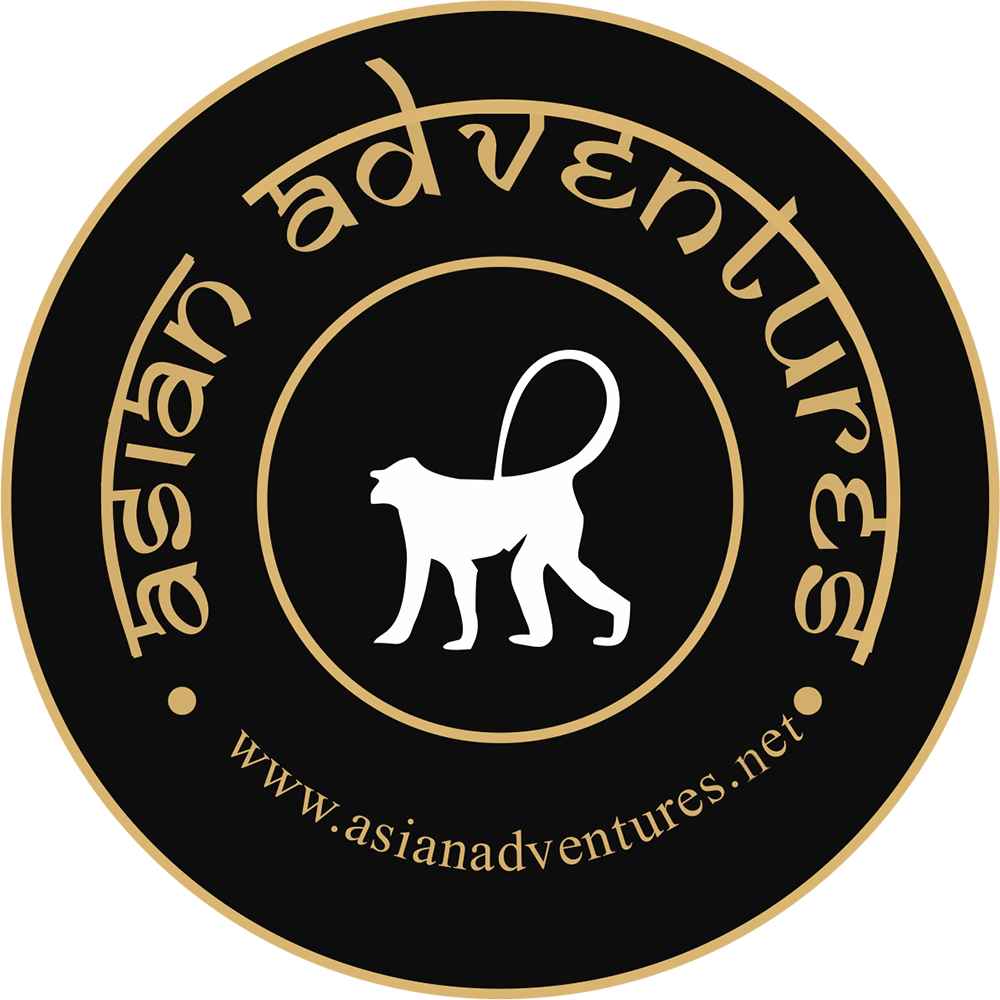Overview
The Kashmir and Ladakh Tour is meticulously handcrafted to showcase the unique wildlife of North India. These twelve days are scheduled for exploring the scenic valley of Kashmir and the rugged terrains of Ladakh. Led by a team of experienced naturalists we will aim at exploring the endangered and endemic species of India including Asian Leopards, Lesser Florican, Bristle Grassbird, Kashmir Nutcracker, Black-necked crane, etc.
Kashmir and Ladakh at the northern extreme of the Indian Subcontinent, across the Himalayas, offer a stark contrast to the rest of the country, in landscape and culture as well as birds and wildlife. The location attracts migrants from northern parts of the Palearctic, and there are several vagrant species seldom seen anywhere else in India. However, we will be mainly concentrating on localized breeding species, such as Black-necked Crane, Ibisbill, Kashmir Nuthatch, and Kashmir Flycatcher.
A few days based in Srinagar (staying on a houseboat on the edge of Nigeen or Dal Lakes!) will be spent exploring surrounding forests and valleys, at sites that are likely to include Dachigam National Park, Gulmarg, and Yousmarg. Both Kashmir and White-cheeked Nuthatches occur here, along with Kashmir Nutcracker, Kashmir and Rusty-tailed Flycatchers, Rufous-naped Tit, Black-and-yellow Grosbeak, and Tytler’s Leaf Warbler. There is also a chance, admittedly slim, of two amazing finches, the Spectacled Finch and the very local Orange Bullfinch.
We travel overland from Kashmir to Ladakh which allows us to acclimatize to the high altitude of Leh at over 3,500 m. From Leh, we take an initial two-night excursion into the Nubra Valley where two key species are the White-browed Tit Warbler and, recently discovered in India, Pale Rosefinch.
Returning via Leh we then head east to our base at the Tso Kar Lake and Plains, at an altitude of over 4,500 m. Black-necked Crane breeds here and our two full days here should also enable us to catch up with species such as Tibetan Snowcock, Tibetan Partridge, Upland Buzzard, Ground-Tit, Horned Lark, Brown Accentor, Güldenstädt’s Redstart, Fire-fronted Serin, and Mongolian Finch. Tibetan Wild Ass (Kiang) is common here, and we might also find ‘Shanku’, the Tibetan Wolf.

Meals: on own
Accommodation: Hotel near the airport
Arrive at Delhi airport. You will be met and transferred to the hotel.
Evening free for rest or visit the local market. You may ask us for tours (optional) covering various monument sites, museums, bird-watching habitats, tourist markets, food joints, theatre, performance venues, etc.
Overnight stay.

Meals: Breakfast and Dinner
Accommodation: Ibrahim Houseboat or similar
Early morning drive to Delhi Airport to connect flight to Srinagar. Reach Srinagar and check in to the hotel.
Overnight stay.

Meals: Breakfast and Dinner
Accommodation: Ibrahim Houseboat or similar
We have three full days at our houseboat base in Srinagar and will be exploring various sites in the area. This includes a mix of coniferous forests and deciduous valleys, with a cable car ride up to the top of the mountain at Gulmarg.
Both Kashmir and White-cheeked Nuthatches occur here, and we will also expect to see several restricted range breeders, including Kashmir Nutcracker, Tytler’s Leaf Warbler, and Kashmir and Rusty-tailed Flycatchers. Other regular birds here include Scaly-bellied and Himalayan Woodpeckers, Rufous-naped Tit, Black-and-yellow Grosbeak, Variegated Laughingthrush, and Pink-browed Rosefinch, whilst with luck we could find White-throated Bushtit and the elusive Spectacled Finch. Unfortunately, Orange Bullfinch has become rare here and mainly restricted to remote and high-elevation areas during the summer but is still an outside possibility.
Overnight stay.

Meals: Breakfast and Dinner
Accommodation: Ibrahim Houseboat or similar
Two full days of birding in and around Gulmarg and Pahalgam.
Overnight Stay.

Meals: Breakfast and Dinner
Accommodation: Hotel Zojila Residency or similar
After breakfast, check out from the hotel and drive to Kargil. Arrive in Kargil in the evening, check-in at the hotel, and enjoy the ambiance of the resort. Overnight stay
Places to see: Dras War Memorial, Lamayuru Monastery, Mulbekh Monastery

Meals: Breakfast in Kargil, Lunch and Dinner in Leh
Accommodation: Hotel Lotus or similar
Until very recently part of the state of Jammu and Kashmir, Ladakh is now a separate union territory and a stark contrast to the landscape, culture, and wildlife of Kashmir and, indeed, the rest of India. Sandwiched between the Himalayas to the south, and the Karakoram mountain chain to the north, it is a high-altitude desert, the westernmost extension of the vast Tibetan plateau. The birdlife is unique in India, representing a meeting point of species from the Palearctic and Oriental biogeographic regions. Our visit is timed to connect with many of the local breeding species during the late summer, whilst also being the peak of autumn passage migration.
We will spend the early morning south of Kargil, in the Suru Valley. Between Sankoo and Parkachik in particular, the meadows and riverside scrub can be productive for White-tailed Rubythroat, Fire-capped Tit, and the incredibly rare Long-billed Bush-Warbler – a species only once reported since 1933!
We then continue our drive east into Ladakh, arriving at Leh in the late afternoon.
Overnight stay.

Meals: Breakfast, Lunch and Dinner
Accommodation: Hotel Lotus or similar
A break from the long drives today as we explore the various habitats close to Leh, such as Tikse marshes, Trisul Tso, and Shey fishponds. Breeding bird activity will be high, and we can expect to see Red-crested Pochard, Bluethroat, Blue Rock Thrush, the distinctive Hume’s Lesser Whitethroat (split from Lesser Whitethroat, but currently lumped again!), Mountain Chiffchaff, Brown Accentor, Citrine Wagtail and Rock Bunting. A key target will undoubtedly be the Ibisbill, a unique wader that is the only member of its family, which breeds on the shingle riverbanks in this area.
In the evening we will be joined by a representative from a local conservation organization who will give us an understanding of the issues, and successes, faced in this amazing part of the world.
Overnight stay.

Meals: Breakfast, Lunch and Dinner
Accommodation: Tented Camp
There are two routes to the fertile Nubra Valley, and we will take the highest motorable road in the world, Khardung La Pass.
We will get a chance to see Tibetan Snowcock as well as White-winged Redstart and Brown Accentor. The beautiful White-browed Tit-Warbler is our key target in the buckthorn stands amongst the sand dunes in the Nubra Valley. This area is quite different to the habitat we will encounter further east in Ladakh and is seldom visited by birdwatchers. We hope to find Pale Rose finch, recently discovered in India in this area, and other exciting discoveries are not impossible!
Overnight stay.

Meals: Breakfast, Lunch and Dinner
Accommodation: Tented Camps
Today is a full day to explore areas of the Nubra Valley. As well as birds we will be looking out for mammals, including semi-feral Bactrian Camels and Cape Hare, in the only place in India where it is found. Lynx occurs here also, but we would need a large dose of luck to see one.
Overnight stay.

Meals: Breakfast, Lunch and Dinner
Accommodation: Hotel Lotus or similar
Today is a journey of up and down, as we ascend almost 2,500 m from the Nubra Valley to drive over the Khardung La, the world’s highest motorable pass at about 5,600 m, before descending again into Leh. Should we have time on arrival we can revisit some birding areas around Leh.

Meals: Breakfast, Lunch and Dinner
Accommodation: Tented Camps
Today, you will proceed to Tso Kar. Tso Kar, a salt lake, and the nearby freshwater Startsapuk Tso are important breeding grounds for the Great Crested Grebe, Bar-headed Goose, Ruddy Shelduck, Lesser Sand Plover, and Brown-headed Gull, amongst other species. The boggy marshes here have several other species and are where we should come across pairs of the spectacular endangered Black-necked Cranes.

Meals: Breakfast, Lunch and Dinner
Accommodation: Tented Camps
Two full days from our base at Tso Kar gives us ample opportunities to discover the wildlife in what is probably the most productive area of Ladakh for its specialties. At this migration time, we should find flocks of waterfowl and waders, whilst the nearby grasslands and barren hillsides support many accentors, larks, and finches, including the rare Blanford’s (or Plain-backed) Snowfinch. Both Himalayan and Tibetan Snowcocks occur here, with Tibetan Partridge also, and flocks of Tibetan Sandgrouse are likely. Raptors hunting over the plains should include Golden Eagle, Upland Buzzard, and maybe the milvipes from ‘Eastern’ Saker Falcon, and we will also try to find distinctive desert Little Owls: adjusted to a very different habitat here than any European birders amongst us will be used to. The easily overlooked Hume’s Groundpecker, or Ground Tit, is another key bird for us here.
Mammals here include Kiang as well as Tibetan Wolf, Indian Fox, Tibetan Argali, and Himalayan Weasel Argali, and Himalayan Weasel.

Meals: Breakfast, Lunch and Dinner
Accommodation: Hotel Lotus or similar
With a final morning in Tso Kar, it is time to start the long journey home, initially with our drive back to Leh. We will take the route via Taglang La and spend some time birding here (particularly if we didn’t visit it in the previous two days from Tso Kar) as it is particularly good for Tibetan Snowcock, as well as Bharal (Blue Sheep).
Overnight stay

Meals: Breakfast
Accommodation: None
Transfer to Leh Airport to connect late morning flight back to Delhi at 1200 hr. Arrive in Delhi at 1330 hr. and connect flight back to home. In case of a late evening flight back home, Airport transfer and a hotel close to the Airport can be arranged at an extra cost. Tour Ends
Highlights
- Birding
- Landscapes of Leh and Ladakh
- Photography
- Local Cuisine
- Quaint Accommodation
Included
- All accommodation on double / twin sharing basis Dedicated private vehicle for the entire tour
- All Permits Asian Adventures birding guide the entire trip | All Applicable Taxes































